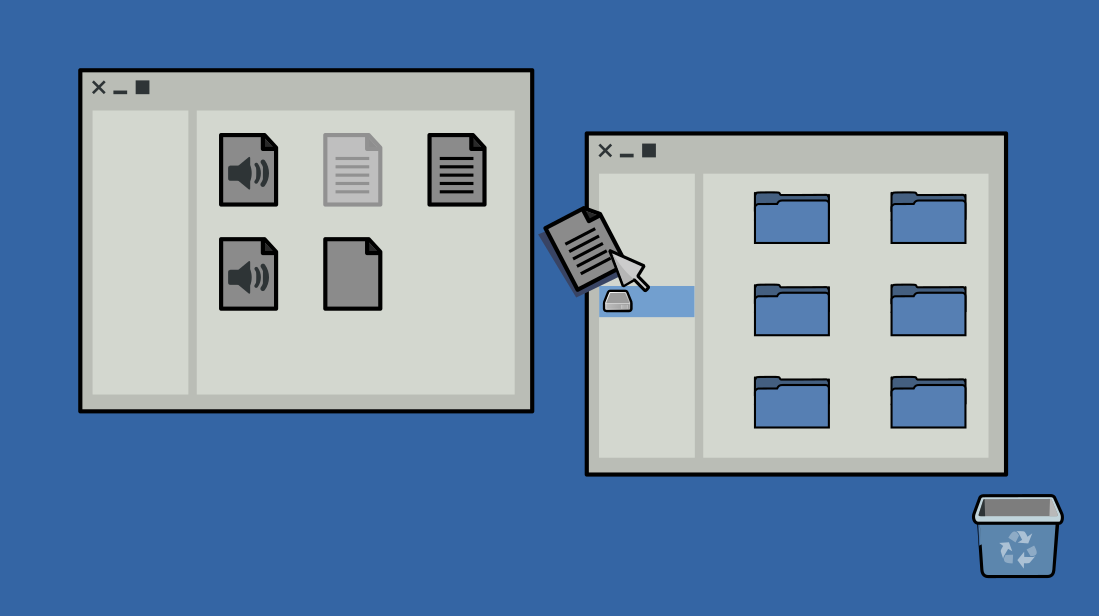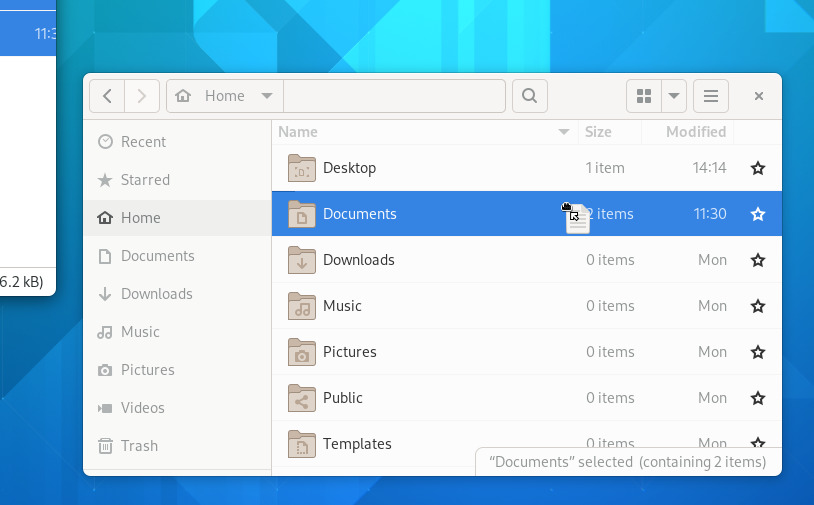External hard drives are cheap these days, and even if you have no need for one now, you'll always be able to (and should) use it as a backup drive after initial migration.
After purchasing a hard drive, plug it into your Mac or Windows PC. Open it in Finder or Window Explorer, and drag your files over to it.

There are a few different places each platform stores your files.
Mac
- Go to your Home folder (it's the house icon on the left panel of the finder) and copy everything in it to your external storage device.
- Click on the hard drive icon on your desktop and look inside of it just to make sure you don't accidentally have data there. You probably don't (you shouldn't) but it's best to check.
Windows
- My Documents
- Music
- Pictures
- Downloads
- Desktop
- Click on My Computer and look inside of it just to make sure you don't accidentally have data there. You probably don't. Files tend to default to My Documents, but it's best to check.
After a cup of coffee (the more files you have to transfer, obviously, the longer it takes), you're ready to move your files to your Linux computer. (Or you're ready to install Linux on the computer you just grabbed your data from.)
Take the hard drive to your Linux computer and plug the drive in. You've already learned in the previous lesson how to open external drives on the Gnome desktop, so open it in Files (also known as Nautilus) and start moving your data into the appropriate folders on your Linux harddrive.

Tip
The default Linux folders have intuitive names, so use that to your advantage. Copy music into the Music folder, photos to Pictures, video files to Videos, and so on. If you're migrating from a Mac, the layout probably looks familiar.
You won't be able to dump files onto the Desktop the way you may have on your old computer, though. Gnome doesn't allow files and folders on the desktop. This improves performance, and helps you stay organized.
Once that's finished, you're done! You can now move on to learning about your peripherals and the new software you've got on Linux.

